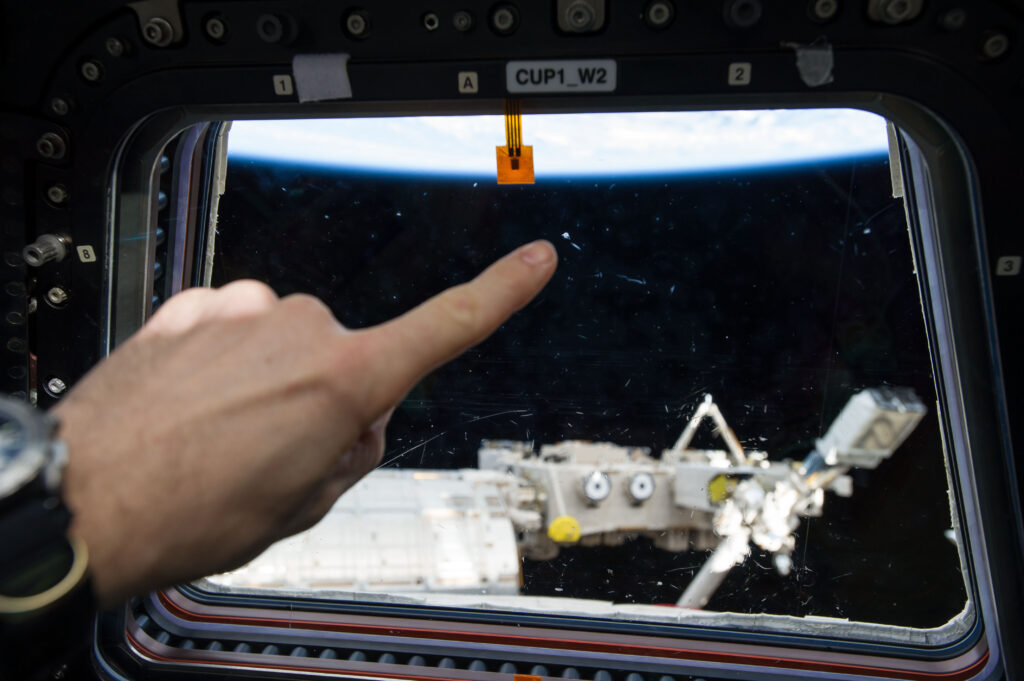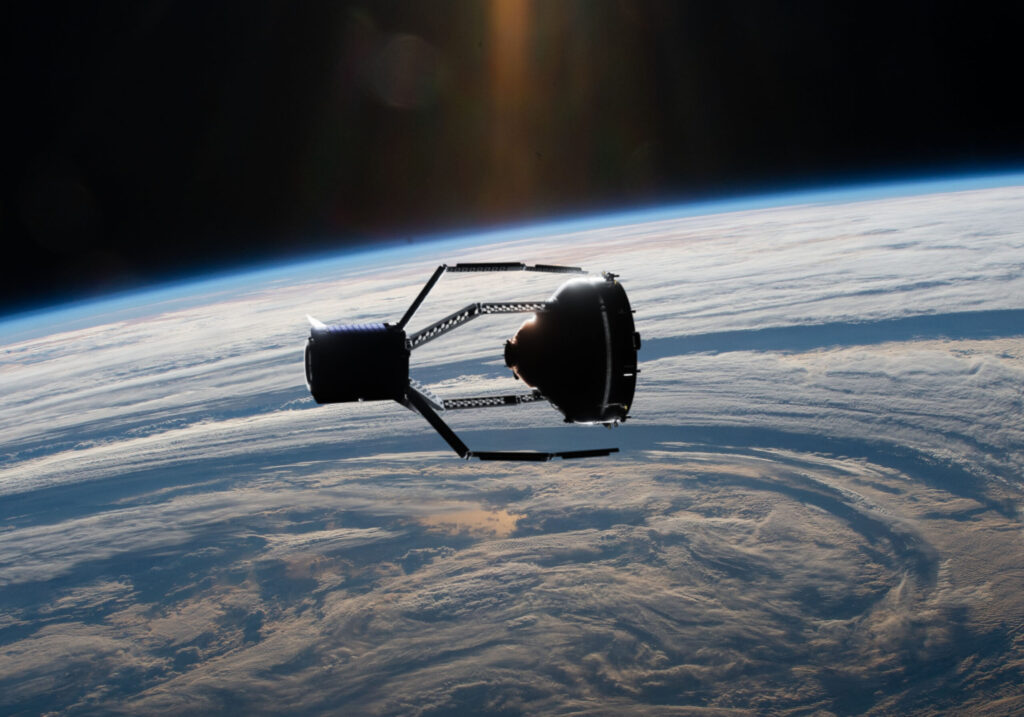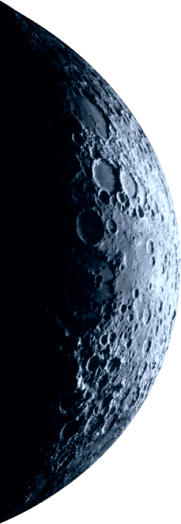
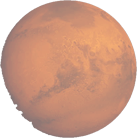
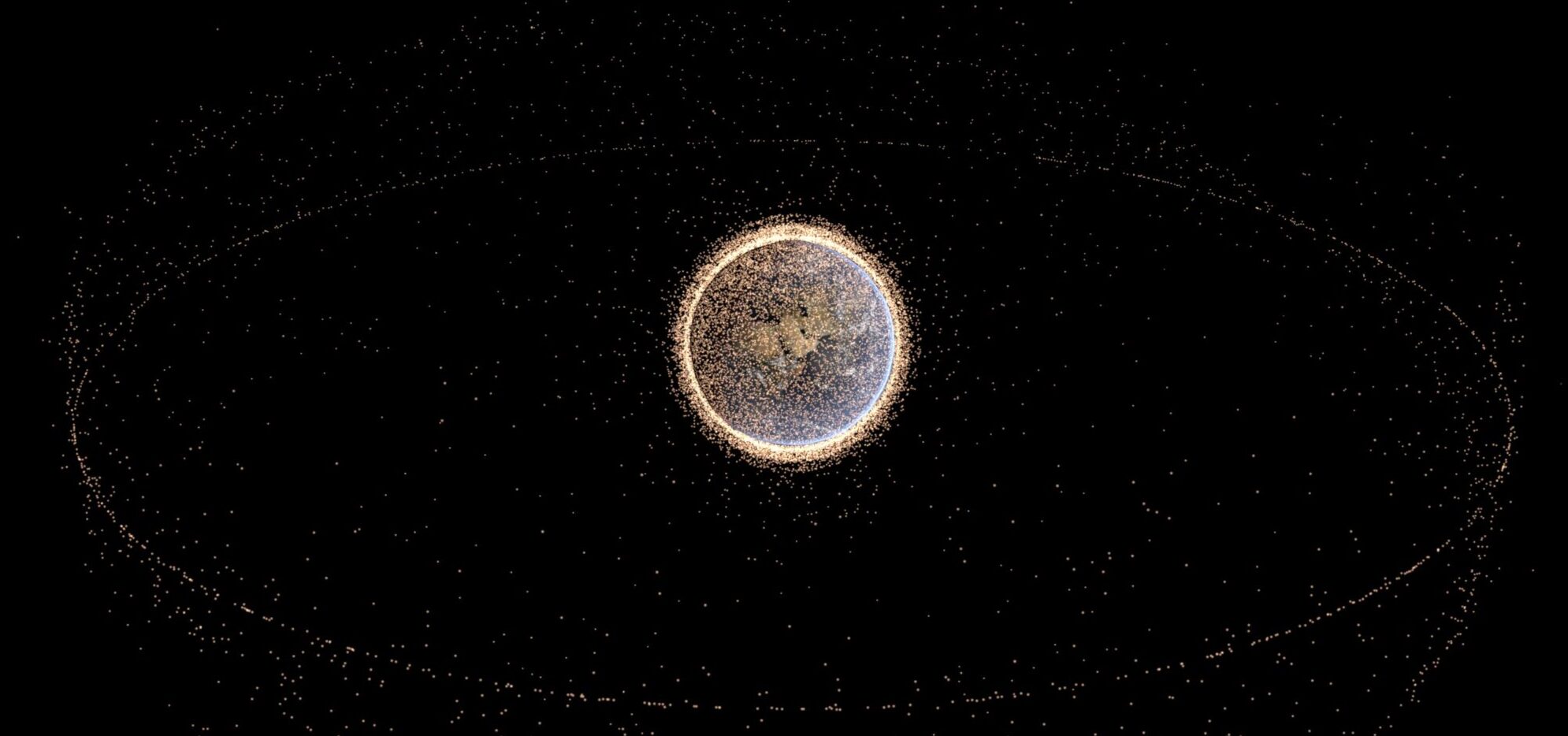
Space junk – cost of space exploration
Space technologies and innovations have become an integral part of our everyday life and existence. In order to build a better future, we must continue to explore space.
But are there hidden problems with such human activities? Is there a cost to space exploration? Much like how trash and refuse that ends up in landfills, or how vehicles no longer serving a functional purpose clutter junkyards, it may be surprising to learn that there is lots of space junk, officially called “space debris” much closer to home in low (LEO), medium (MEO), and geosynchronous (GEO) earth orbits.
Space junk is defined as any artificial object in space no longer serving a purpose.
Derelict old spacecraft, defunct satellites, abandoned launch vehicle parts or stages, materials expelled from space vehicles as a result of their operation, fragments from disintegration, debris from collisions between spacecraft, even paint flecks and small metal flakes make up more than 27,000 uncontrolled individual debris parts in space. Some space junk, as small as a few thousandths of a millimeter in diameter, is too small to track. You might be tempted to think, who cares, matter that small can’t possibly have any negative impact? It does! For example, the ESA-built observation cupola on the ISS has a 7mm chip gouged on the fused-silica and borosilicate glass window caused by a paint flake or small metal fragment no larger than a few thousandths of a millimeter across.
Obviously, the primary issue with space junk is how it can and will impact safety for current and future programs in space.
Because velocities in space are so fast, (the ISS and satellites in LEO for example are traveling approximately 7 km per second and make 12-16 revolutions around the earth each day), collisions at such speeds create massive collision energy. For comparison, the velocity of an AR-15 rifle bullet is about 1 km per second and the mass of the bullet is just 4g. An old communications satellite can weigh up to 1 ton and can travel at speeds of 15 km per second. Imagine the impact a collision of that magnitude would make?
The first major collision in orbit happened in 2009 when the communications satellite Iridium-33 collided with an inactive Russian military satellite the Kosmos-2251.
Although the Iridium – 33 satellite was operational and had propulsion systems, the Kosmos-2251 satellite had been out of service since 1995, and thus was no longer actively controlled and didn’t have any propulsion systems or monitoring that could have avoided the collision. It is estimated that this collision produced over 1,000 pieces of debris larger than 10cm in diameter, as well as many smaller ones. Although this was an unfortunate event that had real repercussions, it is still safe to travel to space. Due to the nature and fallout of collisions with man-made objects and/or space debris, all space missions take into account the possibility of encountering and colliding with space junk. You can even see maps of space junk using NASA’s Debris Assessment Software. Ever since Sputnik – 1 jettisoned the first space junk, NASA began keeping records on every launch in all countries and tracking inactive objects in space for security and safety reasons to mitigate and prevent possible future collisions.
One might think that space is so big and vast, can space junk possibly be a real threat?
Yes! Scientists warn us that with the skyrocketing development of the commercial space market, and the increasing number of launches every year, there will most likely be over 125,000 additional space debris orbiting earth in the coming decades. Consequently, having this much space junk in popular earth orbits will make them too dense to safely send cargo and travel into space.
Currently there aren’t many practical solutions.
The space junk can be left in space forever, burn up over time in our atmosphere, or possibly attempt to de-orbit and consign it to a spacecraft cemetery in an uninhabited area of the South Pacific Ocean. At the geostationary orbit, satellites can orbit abandoned at 35,000km above earth for hundreds of years. As the global level of carbon dioxide increases, our atmosphere becomes less dense, thus decreasing the effectiveness of self-cleaning by burning objects up as they enter and stay in LEO. Currently there are approximately 2,500 objects orbiting earth at altitudes of around 400 km.
Regulations are also a big issue.
Since space is an international territory, no one country is responsible for space junk, nor is there any international treaty that obligates countries and companies to abide by any specific rules. International commissions and space debris tracking programs agree to some common best practices, but deorbiting or regulating artificial man- made space matter is not required by any country.
Space giants such as Space X and One Web, among others, are using and expanding satellite constellations in low earth orbit that provide internet access across the globe. Space X alone is planning to have 30,000 Starlink satellites in LEO. With advances in technology, Space X is sending satellites into orbit with advanced propulsion systems that allow them to maneuver around space debris and ultimately deorbit to earth at the end of their useful lifetimes. This will greatly reduce the creation of new space debris.
However, is it possible to decrease space junk that’s already out there?
There are several startups, which are developing different approaches to space junk problems, such as ClearSpace, Astroscale, Privateer Space and others. Novel approaches such as space nets, rockets to move space junk into safer and more secure orbits, and capturing abandoned or damaged satellites with on-orbit services, are some of the solutions proposed by creative innovators and companies.
What will the solution and future look like?
Perhaps a space debris tax or fee on all future launches will be implemented to help clean up space? Will companies build, deliver, and install rockets on space debris in order to deorbit it safely to earth? Could there be the first ever International Space Recycling Station? Will you get involved to help humanity clear the way for new frontiers?
Reach out to us and we’ll help with any questions you might have.
Sergei Panov
Founder “Space Agency”

